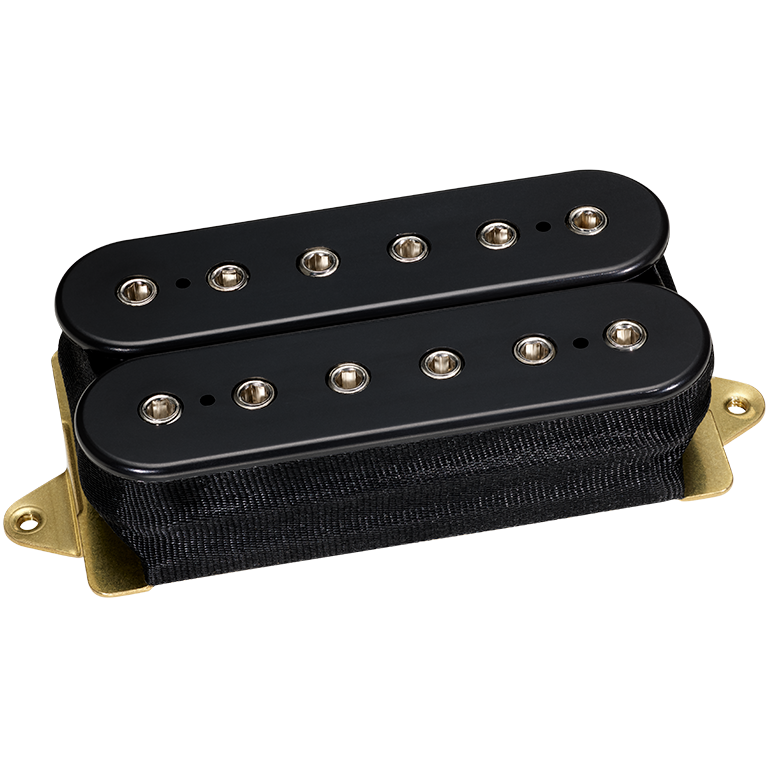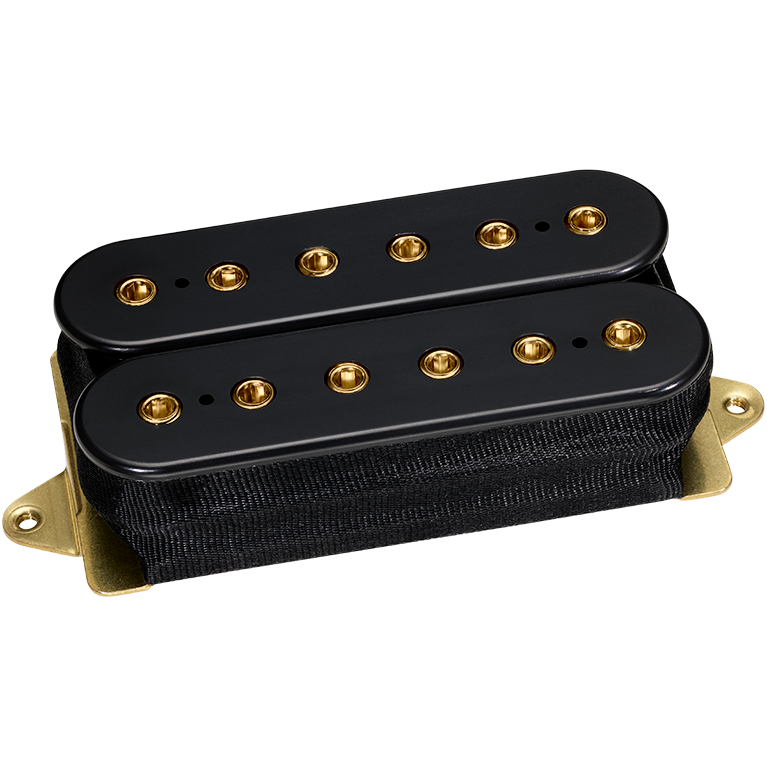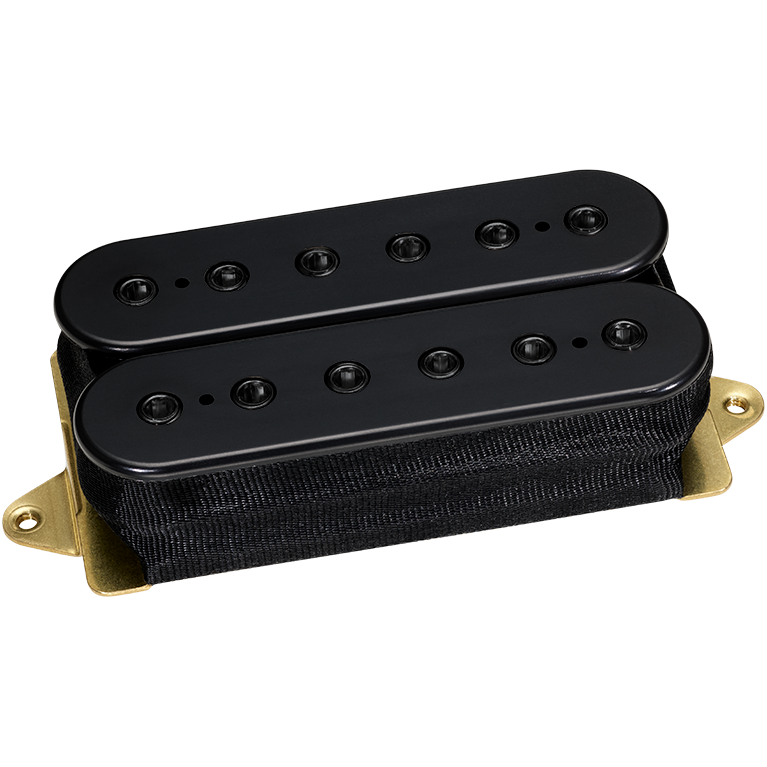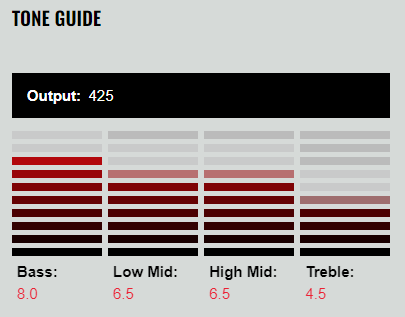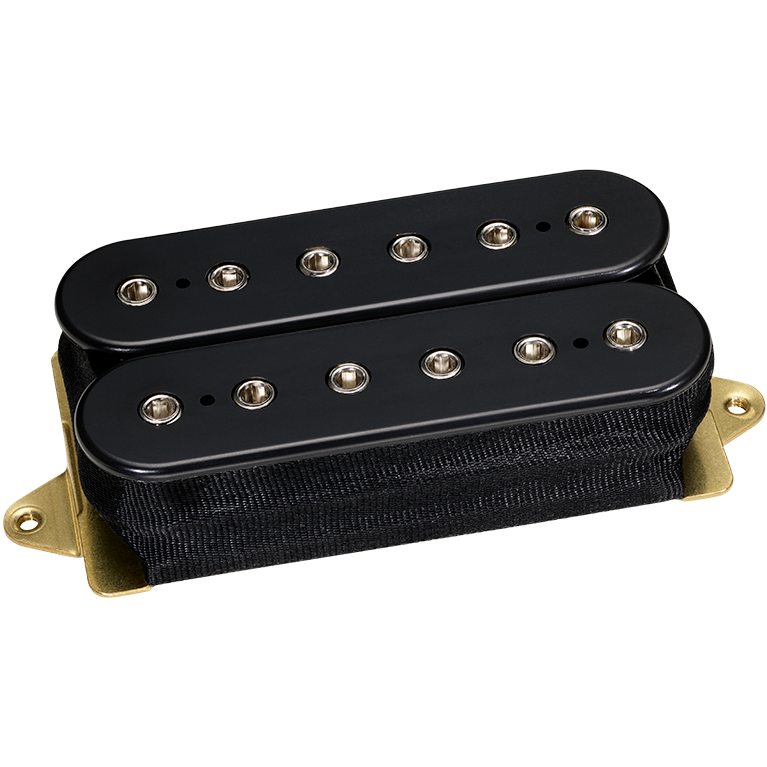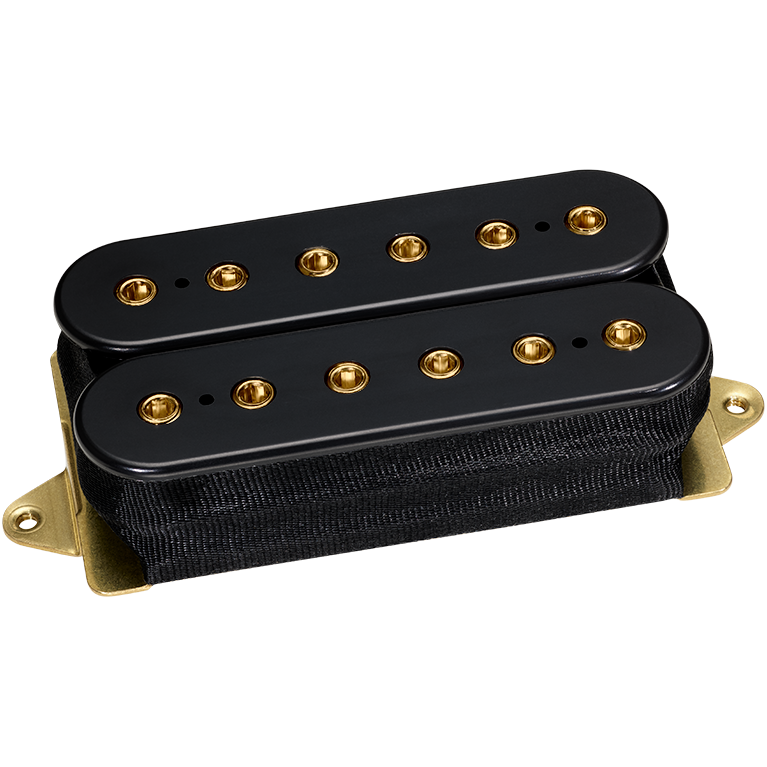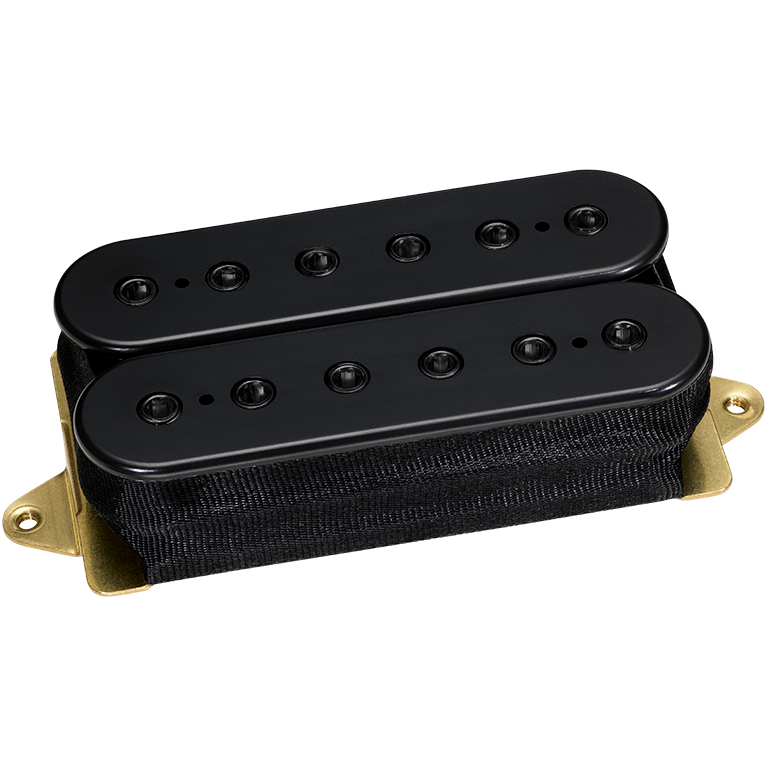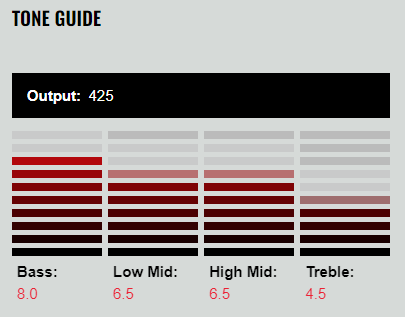Dimarzio
Dimarzio DP100 Super Distortion 50th Anniversary
Dimarzio DP100 Super Distortion 50th Anniversary
Couldn't load pickup availability
This pickup started a sound revolution. Replacement pickups simply didn’t exist before the invention of the Super Distortion® in the early Seventies. The Super Distortion® (and its original 3-conductor version, the Dual Sound®) was the first pickup specifically designed to kick a tube amp into total overdrive, and is still the standard by which all other high-output pickups are measured. The Super Distortion® has a perfect blend of power and tone: both single-notes and chords jump out of the amp and fill the room (or the track) with a wall of sound. The balance of tones is classic — thick, boosted mids, big lows and fat highs. This is the sound you’ve heard for five decades on platinum records, from players as varied as Ace Frehley, Al Di Meola, Phil Collen, Tom Scholz, and Paul Gilbert. It’s also versatile: 4-conductor wiring allows instant access to Strat®-like split and series-parallel modes. Discover what thousands of great players know: the Super Distortion® is the best all ’round high-power pickup ever made.
When we first built the Super Distortion®, it was a 1-conductor pickup. As a 4-conductor pickup, it's extremely versatile. Coil-splitting produces a very Strat®-like option, both in tone and power. Parallel wiring is similar to splitting, but it's still humbucking and a little more hollow-sounding; Paul Gilbert used to use two Super Distortion® pickups wired in parallel when he was in Racer X.
Recommended For: The Super Distortion® is primarily a bridge position pickup, although it can be used in the neck position with a relatively low-gain amp. Specifically designed for solid-bodies: hollow and semi-hollow guitars can be hard to control with warm, high output pickups.
Quick Connect: No
Wiring: 4 Conductor
Magnet: Ceramic
Resistance: 13.68 Kohm
Year of Introduction: 1974
Share
